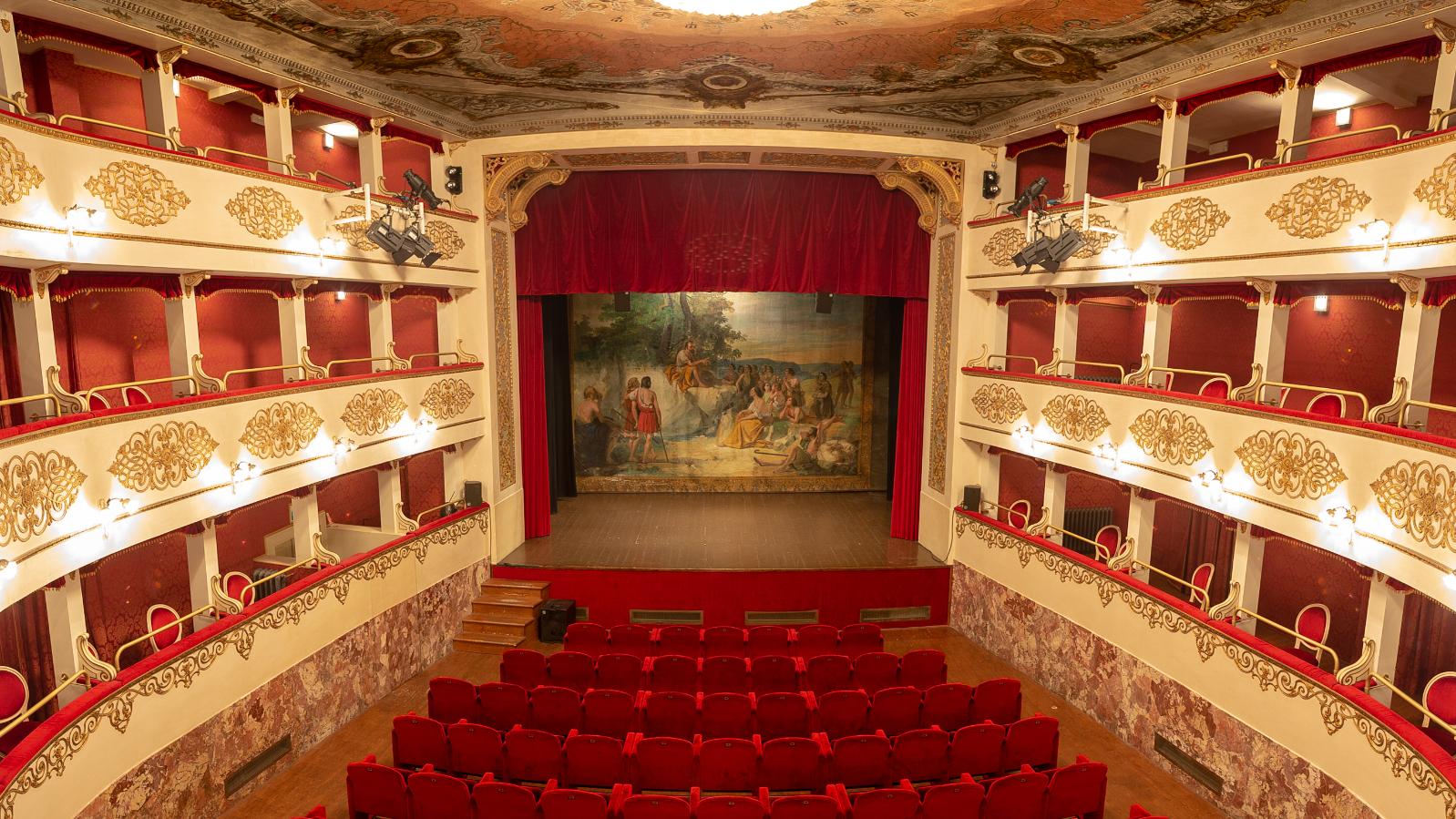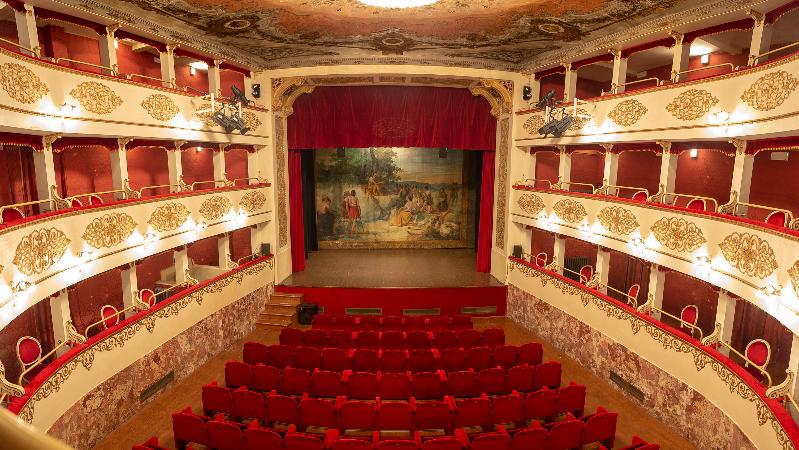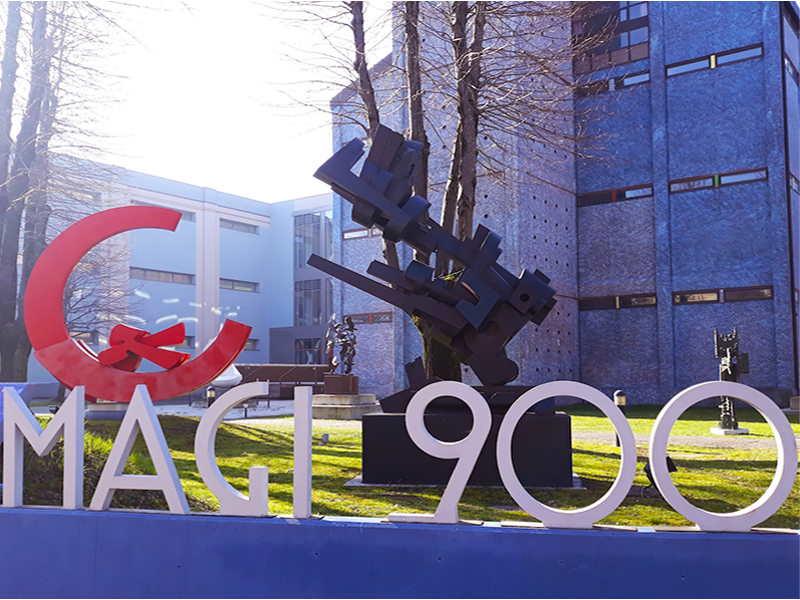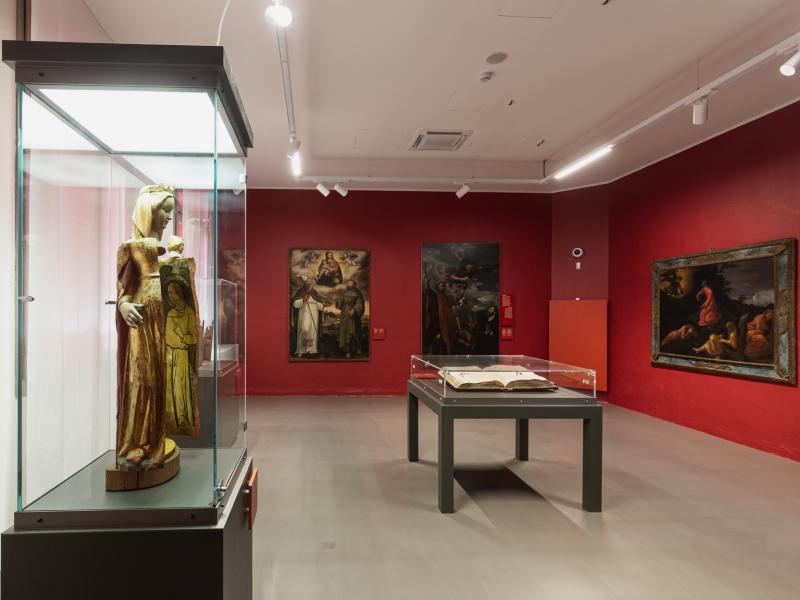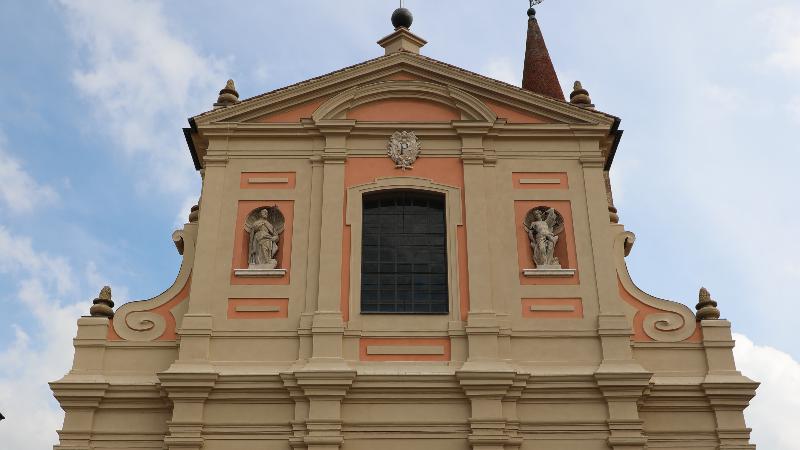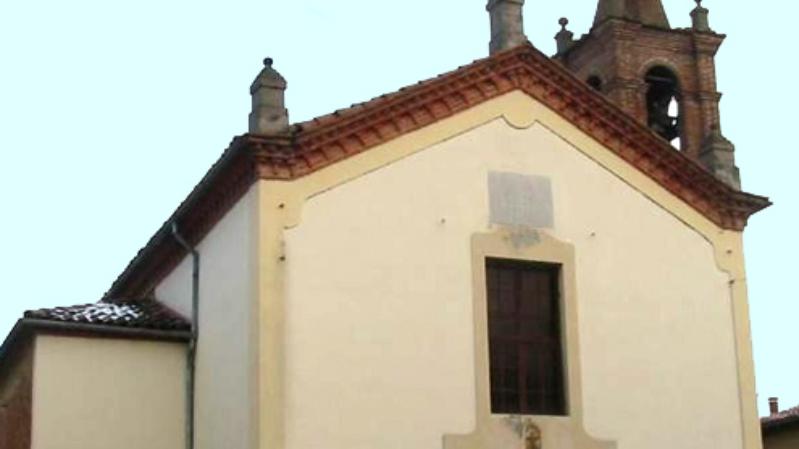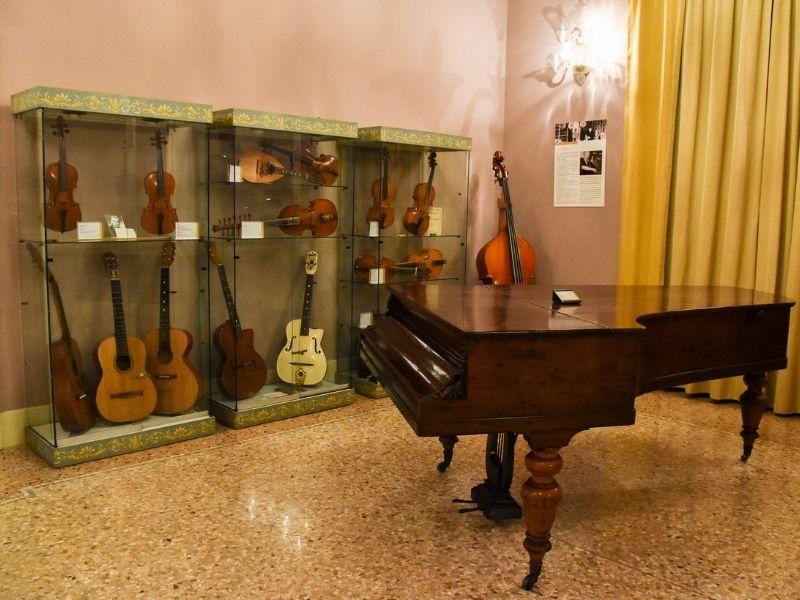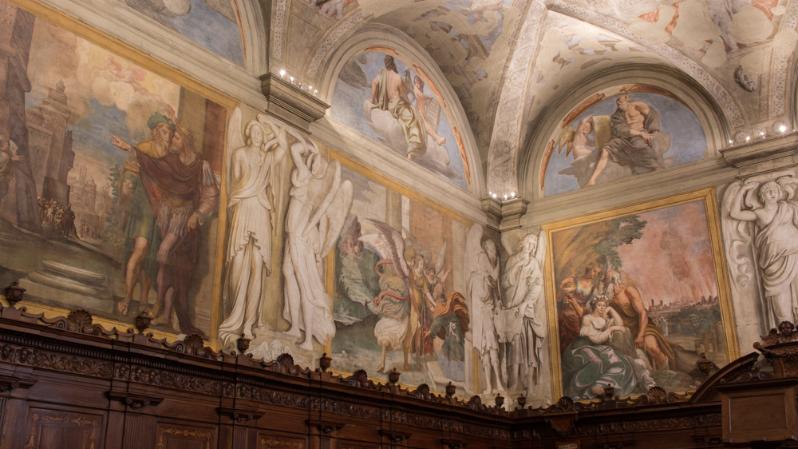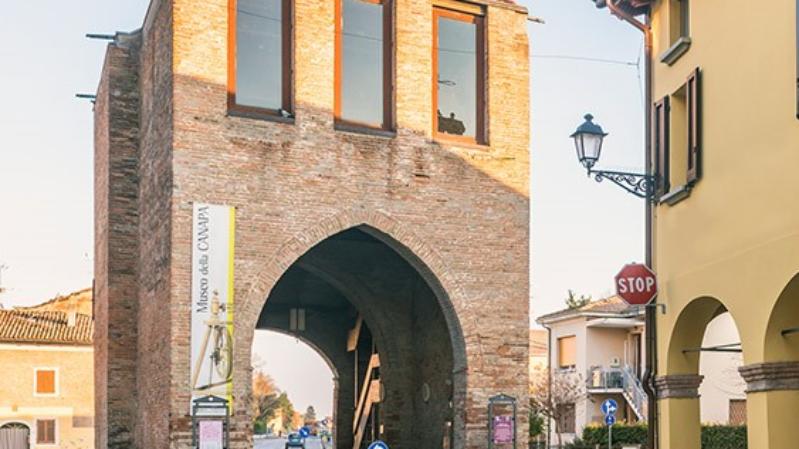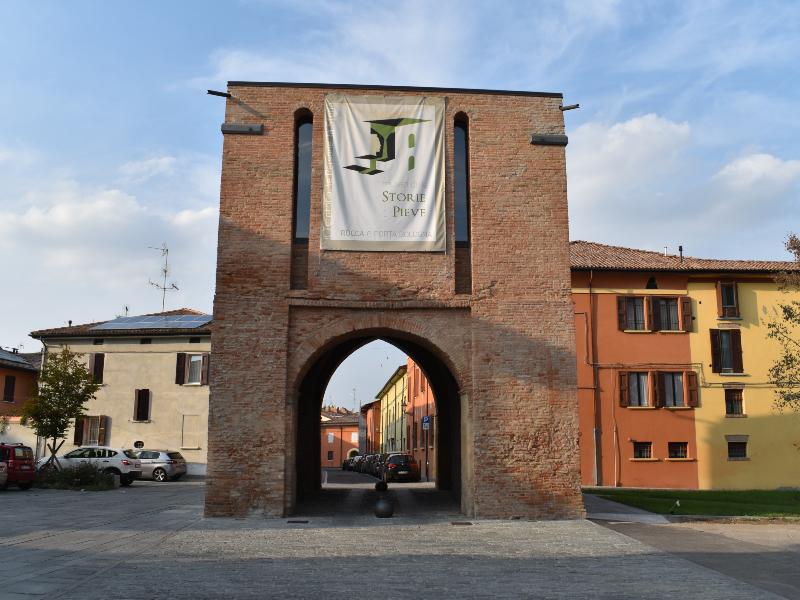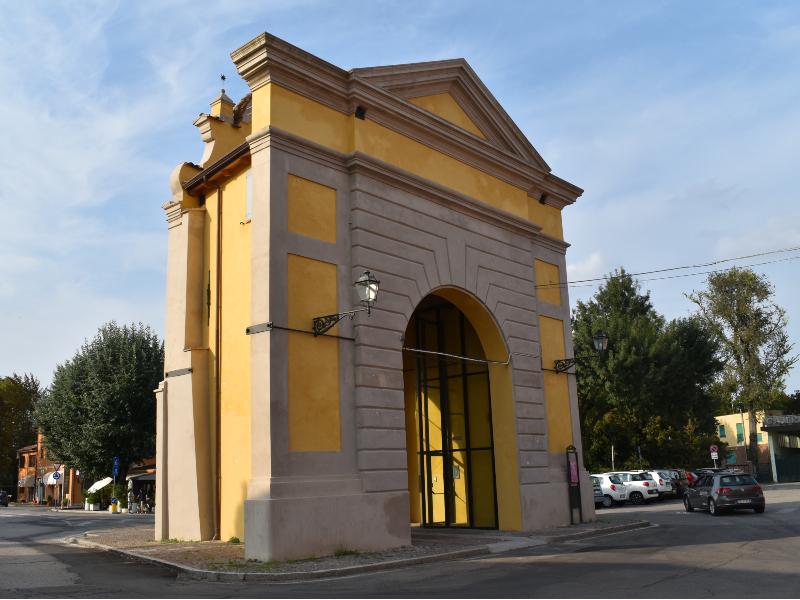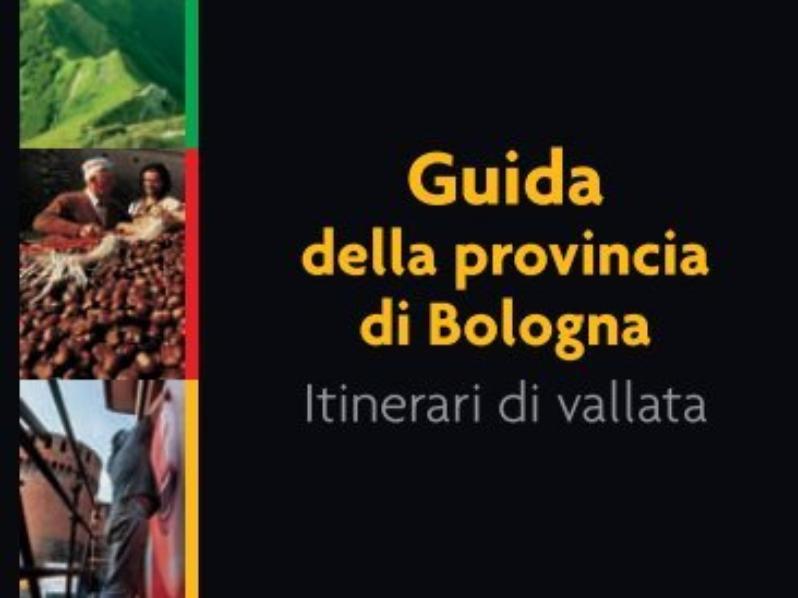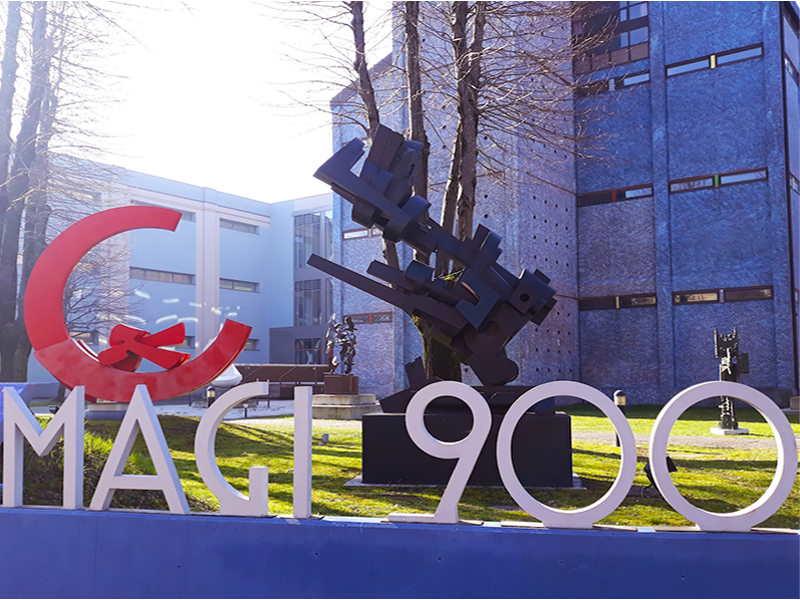
The name comes from the village next to the ancient Pieve (Parish Church), linked in the past to the city of Cento.
Pieve di Cento, known in the past as the "little Bologna" for its long porticoes, has clearly maintained the urban layout of the Roman "castrum", with the addition of the 9th-century parish church, then developed in the medieval period and the following Renaissance and Baroque periods. Its position has always made it a border reference point for the Bishopric and City Council of Bologna, and led to it being in the sights of the d'Este family of Ferrara. Thus the construction of defensive buildings such as the Rocca in 1387, designed by Antonio di Vincenzo, the architect of San Petronio in Bologna, and the four city gates, rebuilt in stone in the 14th century.
The history of Pieve is inextricably linked to that of its twin city, Cento, just a step away across the Reno.
It was in 1185 that the Bishop of Bologna extended his jurisdiction into these lands, which were still dominated by water. These were the years of the first land reclamation works and the introduction of "enfiteusi", a system of contracts which assigned land in exchange for their colonization. This led, in 1253, to the creation of the Partecipanze agrarie, which are still active today. With the diminuishing authority of the church, the lands passed into the hands of the people of Pieve. The community redistributes the lands among the participating families, on the basis of a twenty-year rotation system. The official reorganization of the "Partecipanza di Pieve" came about in 1460, as it still operates today.
The seal on the separation between the two towns was the disastrous flooding of the Reno in 1459, which shifted the course of the river from the west to the east of Cento. In 1502, meanwhile, Pieve came under the control of Ferrara, as part of Lucrezia Borgia's dowry to the Duke of d'Este. However, the territory continued to maintain its own autonomous identity, historically linked to Bologna. And this led to the decision by Pieve in 1929 to return under Bolognese control.
Apart from the River Reno, the two cities are united by art, by the name of the Guercino.
The Palazzo Comunale (City Hall), 17-18th century, houses the ancient Legal Archive, the Teatro Zeppilli and a small Music Museum, with articles from the life of the famous soprano Alice Zeppilli, as well as documents and musical instruments from the lute-makers' workshop.
There are three museums in Pieve, offering the chance of a journey through the art and history of the territory and beyond, from Medieval times to the latest generations of contemporary art. The Pinacoteca Civica (Civic Art Gallery), recently moved to the new cultural center Le Scuole, the Museum of the Pieve Stories and the contemporary art Museum MAGI '900.
The Collegiate of Santa Maria Maggiore, built between 1702 and 1710, contained paintings by the elite of Bolognese painting, from the famous Altarpiece of the Assunta by Guido Reni to an Annunciation by the Guercino, as well as works by Scarsellino, Passerotti and Lavinia Fontana. There is also a notable wooden crucifix from the 14th century, worshipped as miraculous.
The Church and Oratorio della Santissima Trinità (16-17th century) is considered one of the artistic masterpieces of the Province of Bologna. It contains an altarpiece by Lucio Massari and an extraordinary cycle of frescoes by Lionello Spada and Francesco Brizio, painted between 1612 and 1615. There is also a highly precious inlaid wooden Choir, from the 17th-century as well.
In November 2019 Pieve di Cento gained the prestigious Orange flag, an eco-tourist prize given by the Italian Touring Club to small municipalities that stand for excellence. It is the first one in the Bologna metropolitan area.
More information
- Distance from Bologna: 28 Km.
- Altitude: 14/26 m.
- Inhabitants: 7.019 (updated January 1st 2016)
- Market day: Friday
- Patron Saint: San Giuseppe (March 19th)
- Hamlets: Mezza Pieve and Guardia Pieve
Recurring events
- Chi cerca trova, antiques fair: fourth Sunday of every months
- Carneval a La Piv: in February and in March.
- Camminata intouren al La Piv ed Zent (3-7-12-21 km): second Sunday of March.
- Festival of the Patron San Giuseppe: March 19th.
- The Quattro Porte Marathon: second Sunday of March. Venerdì di Marzo
- Santissimo Crocifisso: every Friday in March Spring Market: late April - early May
- Festival of the Maccheroni al Pettine: first weekend of July
- Youth Festival: first weekend of September
- Staffetta Settembrina (relay race): second week of September
The text is taken from
Guide to the province of Bologna - Valley itineraries
How to get to Pieve di Cento
By car
- Roads from Bologna: take SP 4 Galliera, past Funo turn into SP 42 Centese in the direction of Pieve di Cento
- Motorways from Bologna: A13 Motorway, exit Bologna-Interporto, take SP 3 Trasversale di Pianura; next to Funo take SP 4 Galliera, get into SP 42 Centese.
By bus
From the Bologna Bus Station, ATC Public Transport Company (for information on timetables and fares visit www.atc.bo.it):
- Bus n. 97 C Bologna-Argelato-Castello d'Argile-Cento
By train
From the Bologna Central Station (for information on timetables and fares visit www.trenitalia.com): railway line Bologna-Ferrara-Venezia, San Pietro in Casale stop.
By plane
The Guglielmo Marconi Airport is about 20 km. from Pieve di Cento.
The BLQ Airport shuttle connects every 15-30 minutes the airport to the city centre and to the central station. Piazza XX Settembre stop to get a bus towards Pieve di Cento.
Information
URP - Public Relations Office
Address: Piazza Andrea Costa 17 - 40066 Pieve di Cento (BO)
Phone: +39 051 6862611
Fax +39 051 974308
urp@comune.pievedicento.bo.it
www.comune.pievedicento.bo.it
Opening times:
- Mon-Fri 7.45am-1pm
-
Sat 7.45am-1pm

